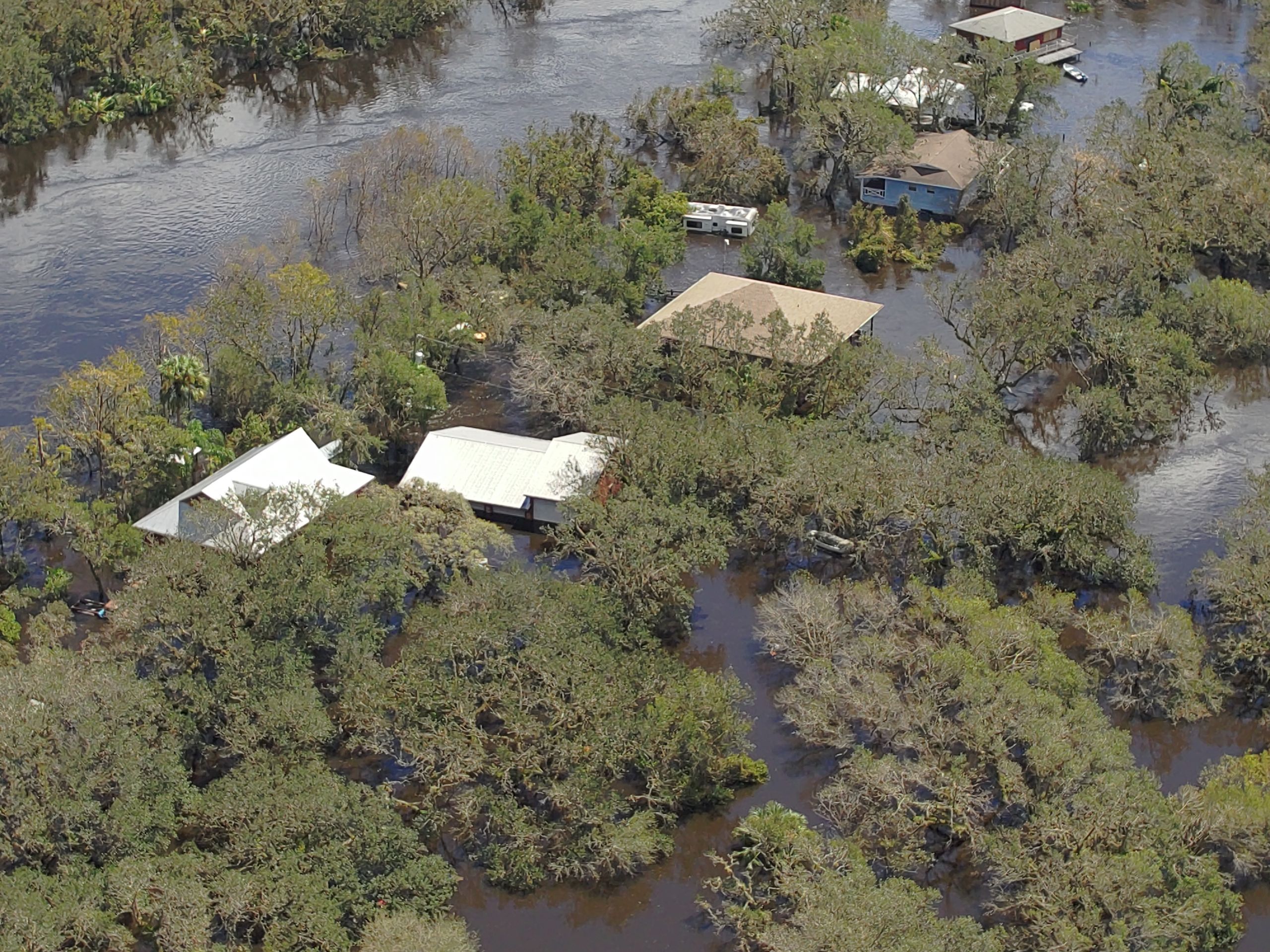Recovery After Hurricane Ian Begins, But Climate Change Looms
By Melina Nguyen
At least 68 people have died – including 61 in Florida – due to Hurricane Ian, one of the most intense hurricanes in United States history, according to the Associated Press.
Ian sustained 150 mph (240 kph) winds when it made landfall in Florida’s Gulf Coast September 28, 2022. Almost 2.6 million homes and businesses were without power at the height of the hurricane on October 2.
The storm flooded Cuba, killing three with maximum sustained 125 mph winds. The country also experienced power outages that instigated protests in Cuban streets.
The hurricane downgraded from Category 4 to Category 1 as it moved toward South Carolina and made landfall for a second time in the United States. Wake and Durham counties were most affected by the hurricane, but less than 4,000 were waiting for electricity as of the evening of October 2.
General Daniel Hokanson, Chief of the National Guard Bureau, said in an interview with AP that Hurricane Ian severely damaged many houses and roofs. “The first floors in many of those [buildings], just, literally wiped out.”
Hurricane Ian is one of fifteen Category 4 or 5 hurricanes to make landfall in Florida since the start of record-keeping. It is also tied for the fifth most powerful hurricane on record based on wind speeds.
The storm surge climbed as high as 12 feet in some areas, according to a tweet from the National Hurricane Center.
Mark Bourassa, a professor of Meteorology at Florida State University, said climate change and sea water warming are going to unpredictably affect future hurricanes.
“We know that the sea surface temperatures are warming, and that … [they] are a good indicator of the strength to which [hurricanes] will grow – the warmer the water is, the stronger the hurricanes will be,” he said.
Climate change does not cause hurricanes, but it does make them more severe in a few ways. Warmer temperatures create heat energy, which increases wind speeds. Warmer temperatures also evaporate more water from the ocean, resulting in increased rainfall. And due to glacial melt and thermal expansion, climate change drives sea level rise, which allows storms to start closer to the coastline and travel further inland.
In recent years, a new field called “attribution science” has emerged, which allows climate scientists to assess the degree to which climate change influenced an individual weather event. A rapid analysis released Thursday by Stony Brook University professor Kevin Reed and Lawrence Berkeley National Laboratory senior scientist Michael Wehner found that climate change is responsible for increasing Ian’s rainfall by 10 percent.
Bourassa said the hurricane forecast for Florida was “great,” despite the actual severity of the hurricane.
“The hurricane forecast was fantastic,” he said. “The way the storm was lined up, roughly parallel to the coast, it was just really hard to tell where it was going to make landfall. A really small change in the forecast has a huge impact.”
For more information, see the companion “Tip of the Iceberg” podcast episode here.


























